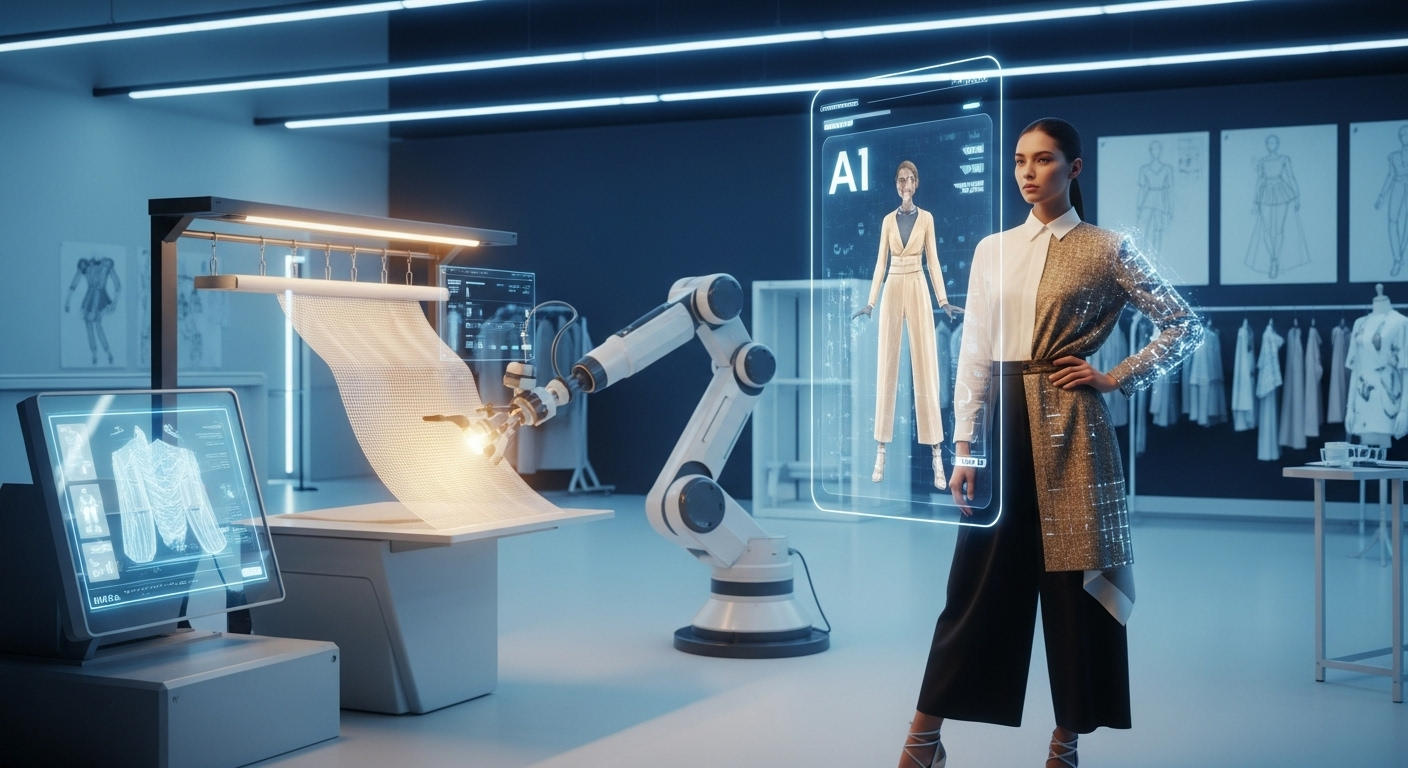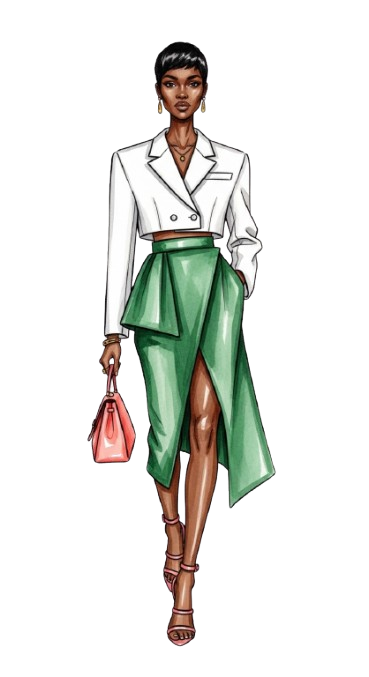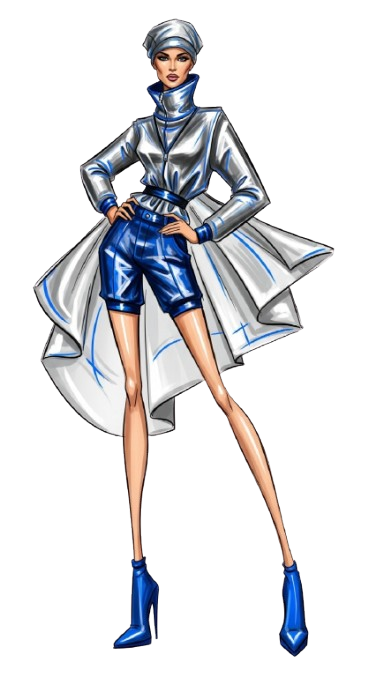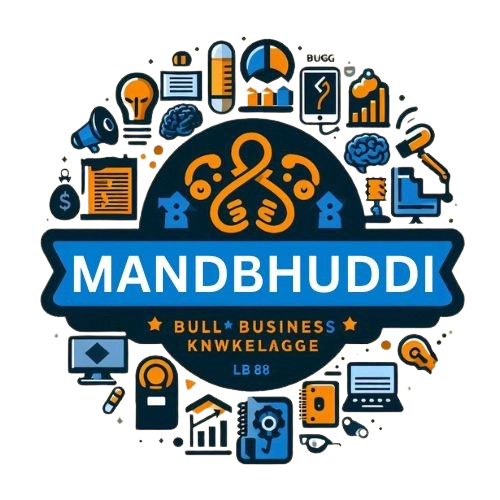AI in Fashion: How Artificial Intelligence is Transforming Style in 2025




Introduction
1. AI Styling Apps Are the New Personal Stylists
In 2025, AI styling apps have become the go-to fashion advisors for millions of users worldwide. These apps use artificial intelligence to analyze your wardrobe, personal style preferences, body type, and even current fashion trends to suggest daily outfit ideas. Popular platforms like Fashwell, Zalando Zircle, and emerging Indian apps offer smart, data-driven recommendations that make getting dressed both easier and more fashionable. By learning your behavior over time, these apps become smarter, offering a personalized fashion experience that rivals human stylists — all from your smartphone.
These platforms use machine learning and image recognition to understand what’s trending — and what suits you best.
2. Virtual Try-Ons Powered by AR + AI
In 2025, virtual try-on technology powered by AI and augmented reality (AR) is revolutionizing how people shop for fashion online. Shoppers can now see exactly how clothes, shoes, or accessories will look on them — without ever stepping into a store. Brands like Lenskart, Nykaa, and Myntra are already using AI-driven virtual fitting rooms to enhance customer confidence and reduce product returns. This technology combines AI body mapping, real-time AR overlays, and machine learning to provide a personalized and immersive shopping experience. For fashion retailers, it’s a game-changer in customer engagement and sales conversion.
3. Predictive Fashion Design
The fashion industry in 2025 is embracing predictive fashion design, where AI algorithms help designers anticipate trends before they even happen. By analyzing massive datasets from social media, search trends, purchase behavior, and even climate data, AI tools can forecast what styles, colors, and fabrics will be in demand next season. Brands like Zara, H&M, and GUCCI are using predictive analytics to design collections that match consumer expectations — reducing waste, increasing efficiency, and improving sell-through rates. This shift enables data-backed creativity, where technology supports — not replaces — human design intuition.
4. Sustainable Fashion Gets Smarter
In 2025, sustainability in fashion is being powered by artificial intelligence. AI is helping brands design smarter, reduce fabric waste, and streamline production processes. By predicting consumer demand accurately, companies can produce only what’s needed — cutting down on overproduction and unsold inventory. Tools like CircularID Protocol and AI-powered supply chain systems help monitor environmental impact and ethical sourcing. With AI’s help, fashion is moving toward a greener future, where technology and sustainability go hand-in-hand.
5. Fashion Bloggers and Creators Are Using AI Too
AI isn’t just transforming fashion brands — it’s also empowering fashion bloggers and content creators in 2025. Tools like ChatGPT, Canva AI, Runway ML, and Lumen5 help creators generate blog content, edit videos, and design visuals faster than ever. These tools streamline content planning, caption writing, and even auto-generate outfit ideas based on current trends. Whether you’re writing about style tips or posting on Instagram, AI tools make it easier to stay consistent, creative, and on-trend.
